Hyundai Ioniq 5 gets a facelift and an even bigger battery
The battery capacity will increase from 77.4 kWh to 84.0 kWh, matching the sportier N offshoot. Unsurprisingly, Hyundai states in the press release that this will increase the purely electric range – in the German version, the carmaker mentions up to 570 kilometres. With the 77.4 kWh battery, the Ioniq 5 with 168 kW rear-wheel drive has a maximum WTLP range of 507 kilometres. At its market launch in 2021, the crossover was still equipped with a 72.6 kWh battery; with the 2023 model year, it uses the 77.4 kWh version from the Kia EV6.
Hyundai does not provide any information on the DC charging capacity of the revised Ioniq 5. However, the Ioniq 5 N with the 84-kWh battery charges at a peak of 240 kW, just like the previous Ioniq 5. As the charging curve has also been slightly adjusted, the 18 minutes from 10 to 80 per cent charge level known for models based on the EV-GMP remains the same.
Hyundai has also not provided any new figures for the basic battery (previously 58 kWh) and the respective performance data for rear and all-wheel drive models. With the change from the 72.6 kWh battery to 77.4 kWh, the rear-wheel drive model has increased slightly from 160 to 180 kW, while the all-wheel drive model has increased from 225 to 239 kW. It is unknown whether another slight performance increase is in the cards.
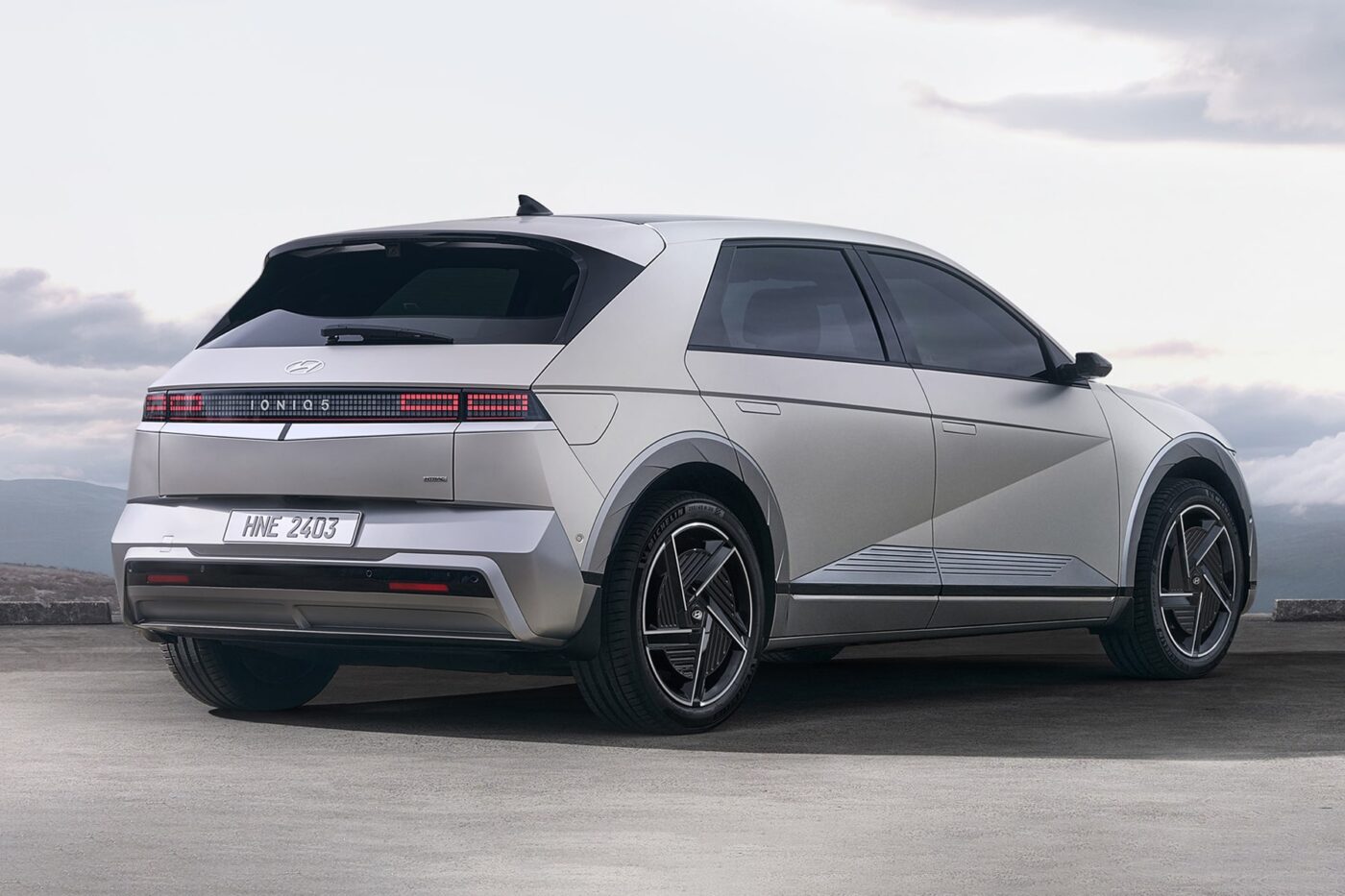
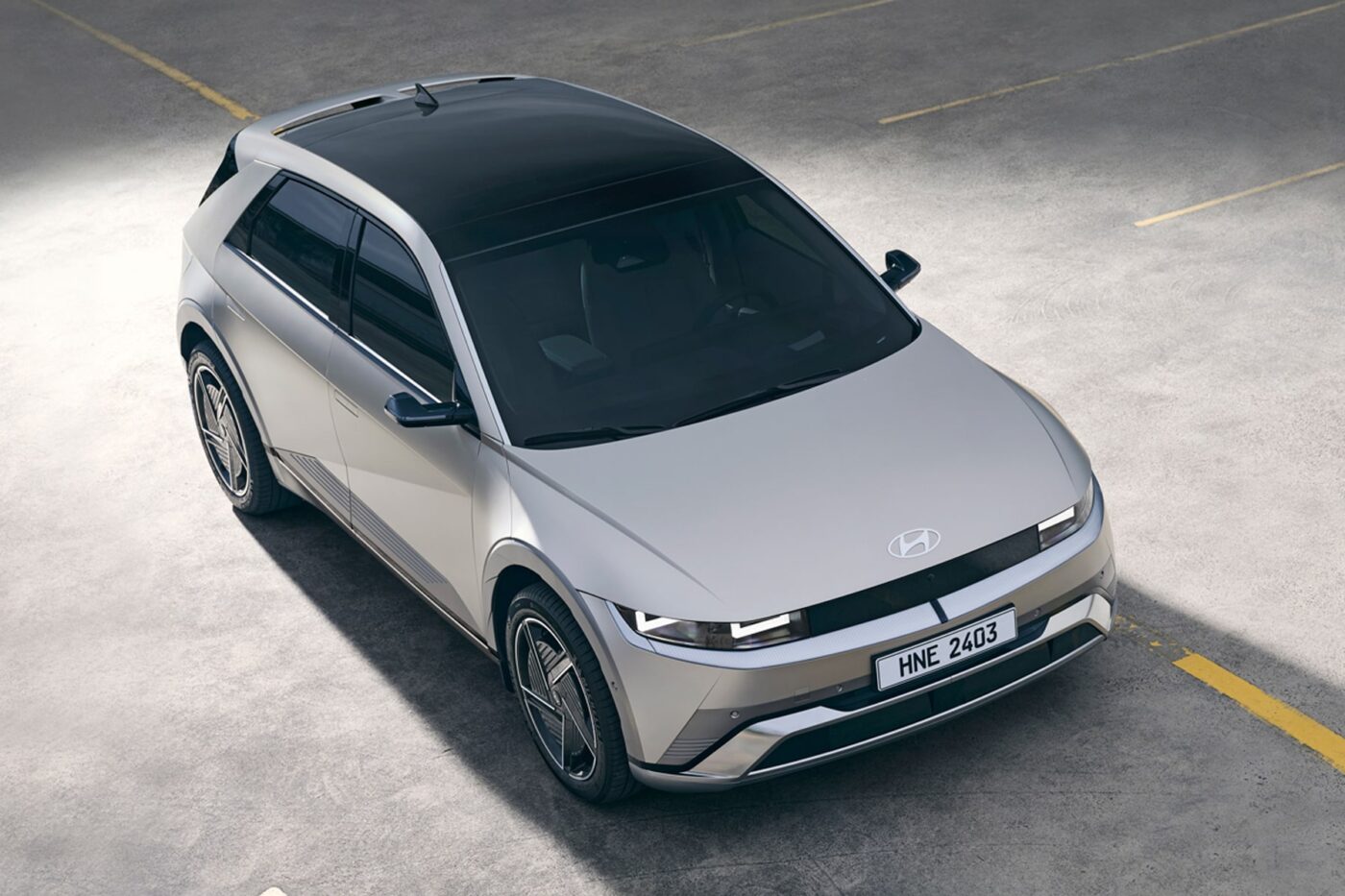
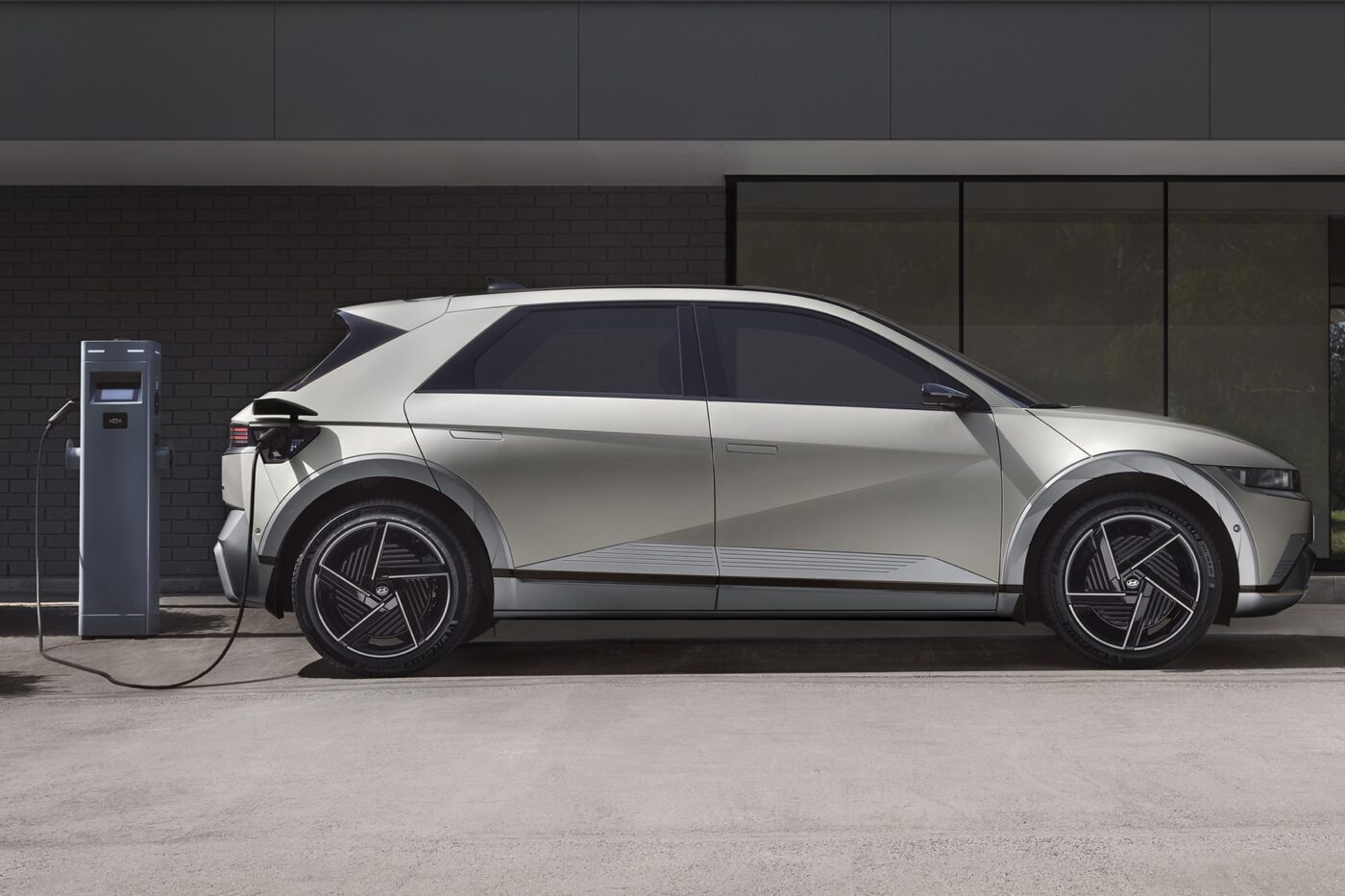
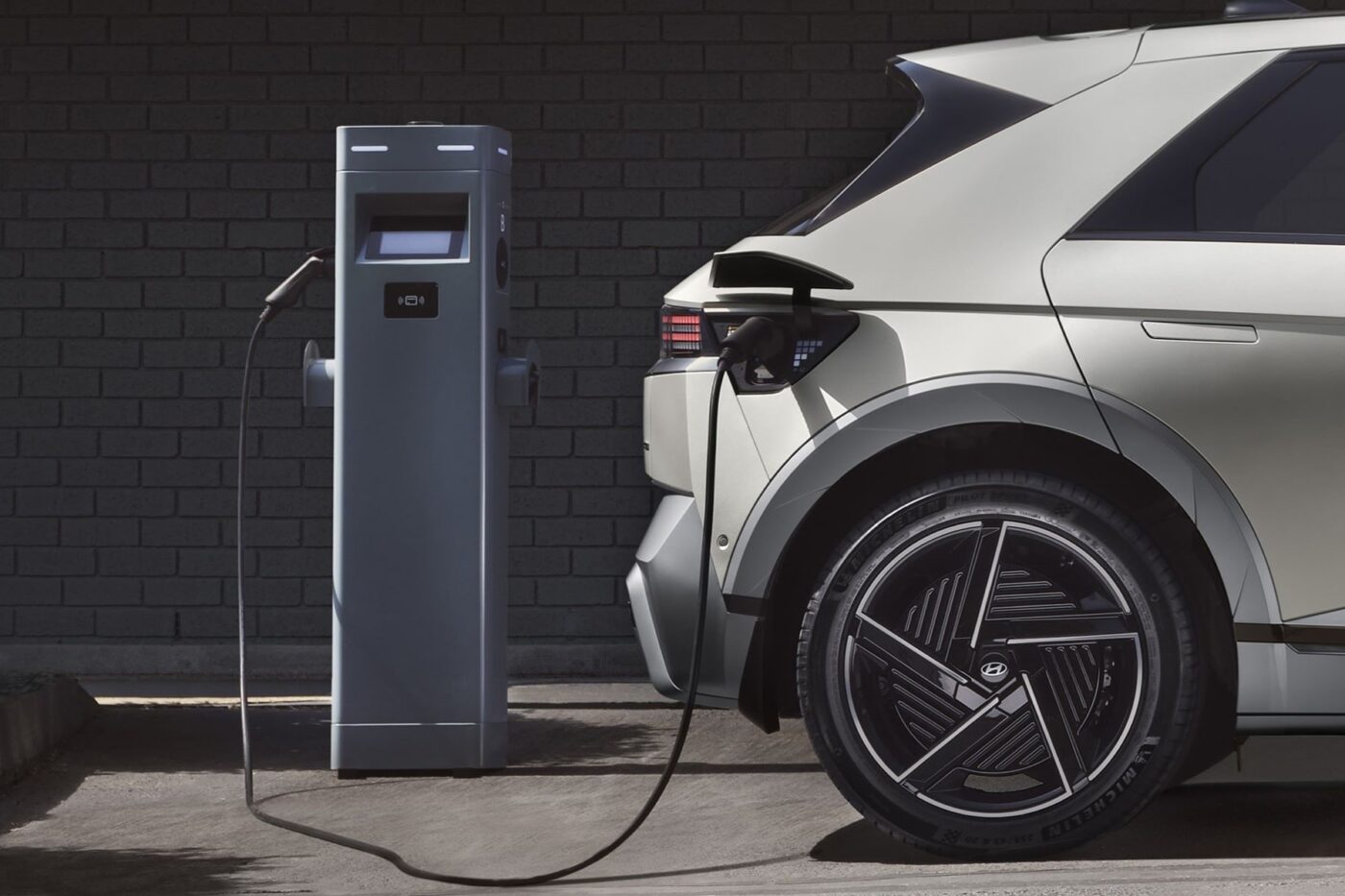
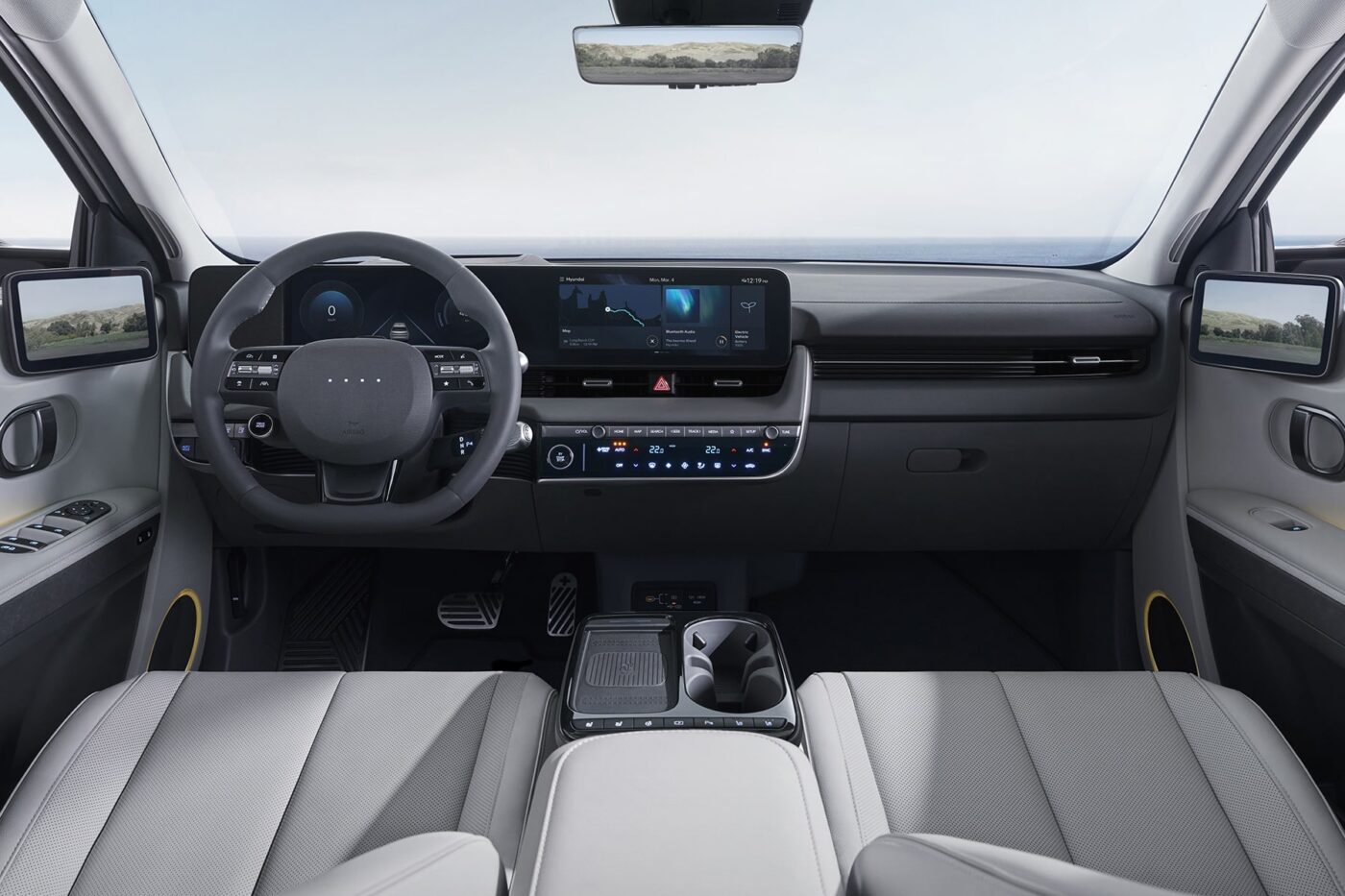
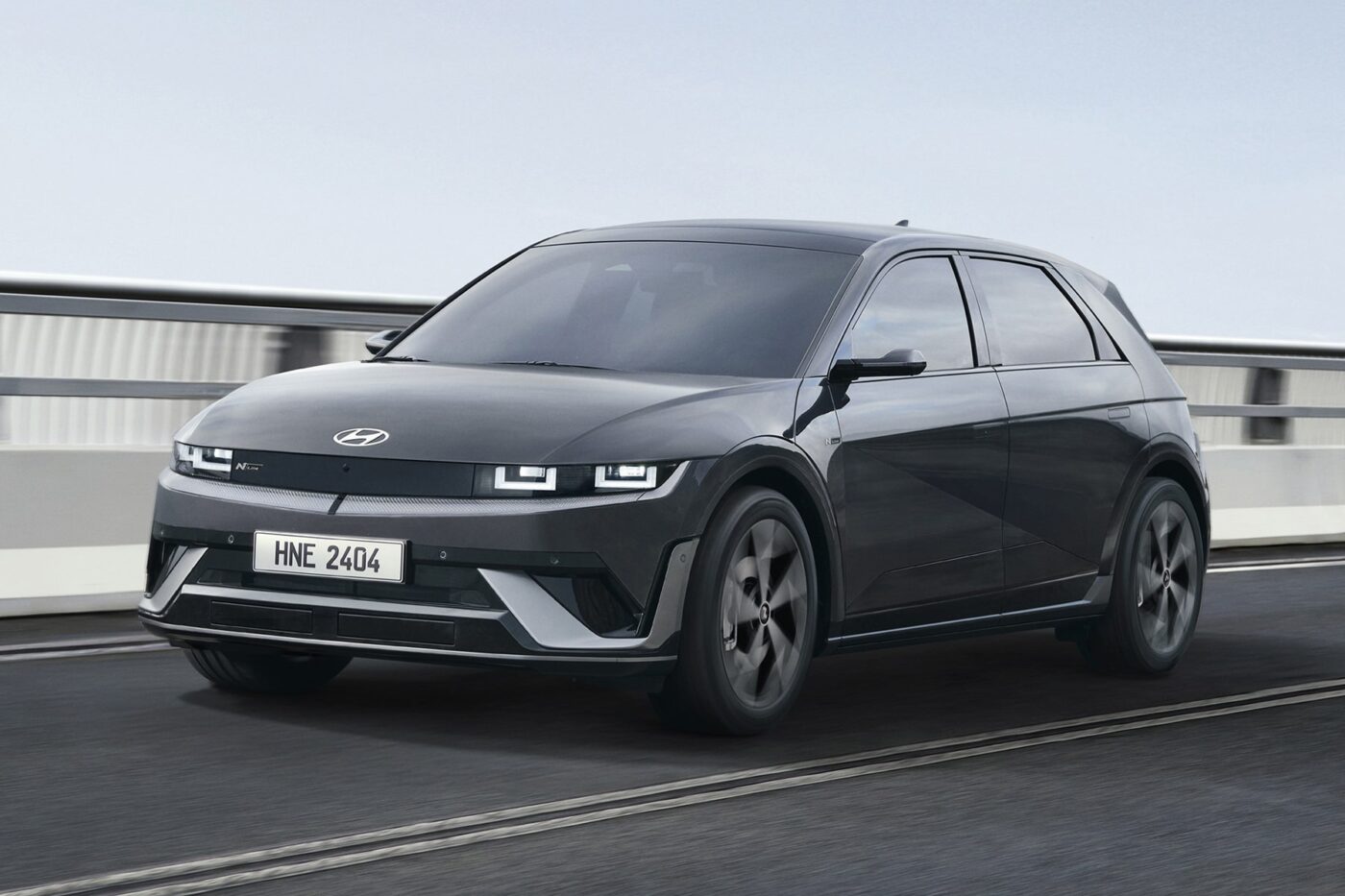
From the outside, the facelifted model can only be recognised by details. There is a “refined V-shape garnish and restyled front and rear bumpers that emphasise Ioniq 5’s low and wide SUV stance,” according to Hyundai. Due to the new bumpers, the car is two centimetres longer and now measures 4.66 metres. The width (1.89 metres without wing mirrors), height (1.61 metres) and wheelbase (3.00 metres) remain unchanged. To improve the aerodynamics of the angular body, the rear spoiler has been extended by five centimetres, and the rims have been made more aerodynamic. The latter is probably the most striking visual feature of the facelift. What cannot be seen are smaller changes to the chassis and the rigidity of the body, which will improve comfort and noise levels in the interior.
There are also improvements in the interior details. There is now a physical button in the centre console to operate frequently used functions such as the heated and ventilated seats in the front row, the heated steering wheel and the parking assistance function. In addition, the smartphone’s wireless charging pad has been moved from the lower section to the upper section, which significantly improves user-friendliness. There is also a new steering wheel design, the four pixels (the letter “H” in Morse code) are now illuminated as in the Ioniq 6 and can display the charge level, for example. The arrangement of the control buttons on the steering wheel has also been changed, and the infotainment and climate controls have also been adapted.
The infotainment system is now based on the Connected Car Navigation Cockpit (ccNC) generation introduced with the Ioniq 5 N or Kona Electric. In addition, Hyundai Motor has introduced several new safety and comfort features that will be of benefit to drivers. These include the Steering Wheel with Hands-On Detection (HOD), Lane Keeping Assist 2, Remote Smart Parking Assist 2 (RSPA 2) and Forward/Side/Reverse Parking Assist (PCA-F/S/R).
With the facelift, Hyundai also introduces the sporty “N Line” equipment line in the Ioniq 5. It has a “aggressive, sporty front and rear design with unique bumpers, stylish side skirts, and a set of dedicated 20-inch aluminum wheels.” Inside is an exclusive N-Line design with a special steering wheel and dashboard, exclusive N-Line metal pedals and sports seats.
Hyundai has yet to announce prices for the revised model.
Update 22 July 2024
Hyundai has announced prices for the new IONIQ 5, with refreshed exterior and updated interior styling alongside new Long Range 84kWh and Standard Range 63kWh battery pack options in the UK.
The new Ioniq 5 ‘Advance Standard Range’ with 63kWh and 170PS RWD now starts at £39,900, while the range has been extended to run up to 354 miles. The next variant up the price ladder is the Premium Standard Range 63kWh 170PS RWD, which is priced at £42,400. The range-topping Ioniq 5 N is available from prices starting at £47,400.
hyundai.news, hyundai.news (update)

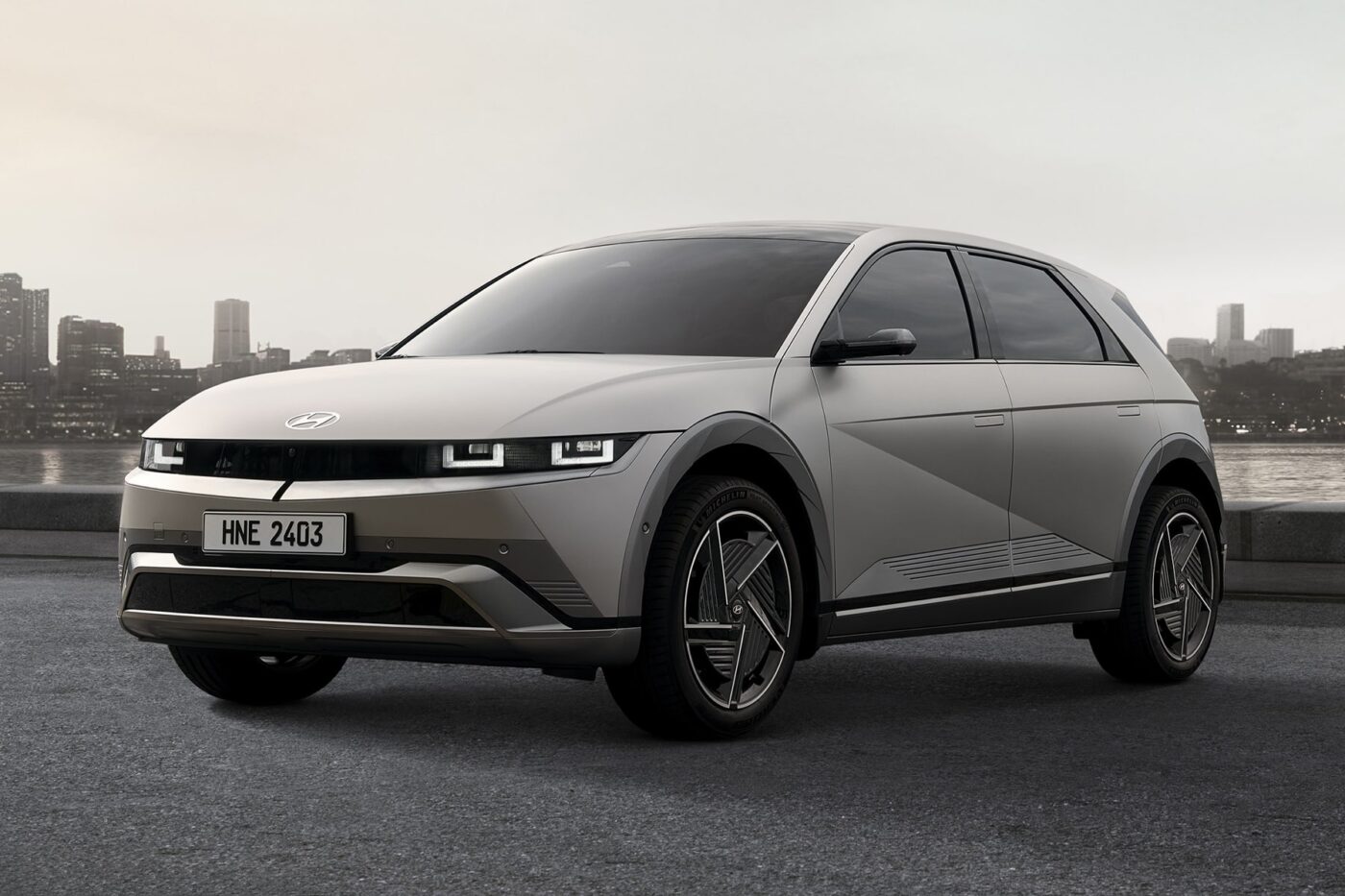
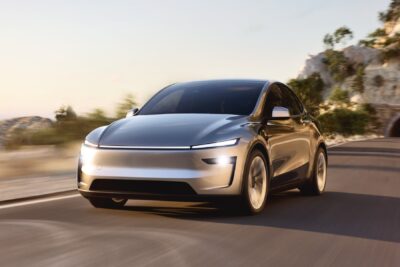

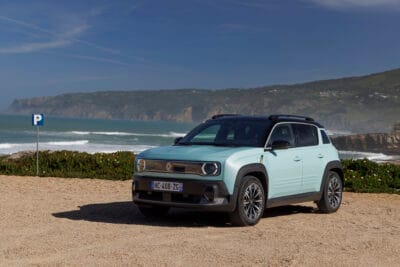
1 Comment